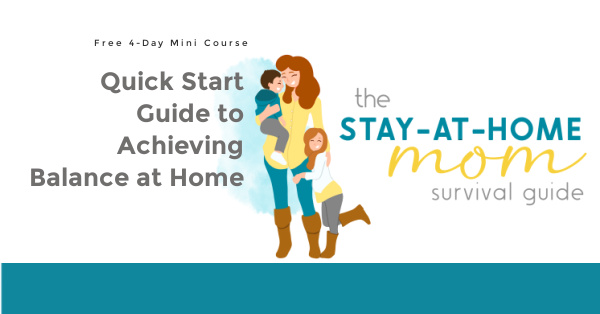We take control of our health at home, first. When I begin to sense seasonal allergies affecting my family, I take steps to track and eliminate the allergens at home. Preventing allergy symptoms takes a big picture approach. This guide to tracking and eliminating allergies at home are the action steps I take to prevent allergy symptoms.
Since taking this approach, all of my children, my husband, and I have managed our seasonal allergy symptoms. It is always important to consult a healthcare professional for treatment plans. This guide includes the steps I take for preventing allergy symptoms that can happen in the spring and fall.
How to Prevent Allergy Symptoms at Home
These are suggestions, but not a protocol or directive. We each need to make the best choices for our families. I know we each have different health and home situations to balance. I hope these steps to handling the not so fun parts of fall allergies and spring allergies help you navigate your allergy symptoms.
Support Overall Health
Step 1 is to focus on health. The foods we eat are so important to how our body functions in the environment where we live.
We are doing a detox in our house right now. Eliminating processed carbs from meals, focusing on baking bread items at home, and reading labels to avoid a lot of additives. One child has some food allergies, so this is not new for us.
We are mindful of what we eat and are trying to meal plan wisely. For help with meal planning, get this meal planning guide. It helps us stay on track with making healthy meals.

Notice Allergy Triggers
Step 2 is to notice flare ups. If your nose gets stuffy after being out on a walk, write it down. If you notice your sinus pressure happens after eating or drinking a certain item, jot it down. Food/symptom journals are helpful for pin-pointing allergens. Then you know what to avoid.
As an example, when I drink certain brands of red wine, my sinuses get stuffy. I often sneeze. This does not happen when I drink wines with zero additives.
Reading labels is so important for maintaining stable health. Keeping a food journal of foods that make you feel like you are having allergy symptoms can help you eliminate those triggers.
Eliminating Allergies at Home
Step 3 is controlling the environment in your home. We use a de-humidifier in the humid months. It has helped reduce how often the kids are getting stuffy noses.
An air purifier is also helpful. In conjunction with quality air filters replaced regularly, you can use these tools as a preventative approach to reducing allergens in the home.
Even seasonal allergies like hay fever can be a real issue preventing you from feeling well. Taking a proactive approach to coping can help you navigate allergies successfully.
Allergy Testing
Step 4 is to get tested for allergies. Having watched friends go through this process with their children, this process can be tedious. I have memories from my childhood of my brother getting tested. It takes commitment, but the wellness of your child is so important.
In all things, patience through the process is key.
Getting allergy tested will provide you with valuable information. That can change the whole landscape of your health. If you have allergy symptoms, getting tested can help you understand what your body is going through.

Bottom Line
Whether your allergies are seasonal or constant, starting with gaining as much information as possible is key. That helps you take steps to be proactive for your health, and the health of your child.
From cleaning up allergies in your environment, to cleaning up your diet, you can work to eliminate the allergy triggers.
After that, getting tested can help you determine whether you are – or are not – allergic to major allergens. There is so much action we can take to prevent allergies. Be the advocate for your child and your own health..
As we head into spring, being ahead of the allergens will help you feel in better balance of your health. You will be in better control of creating a healthy environment for your child as well.








